JAMMU AND KASHMIR
-
Srinagar
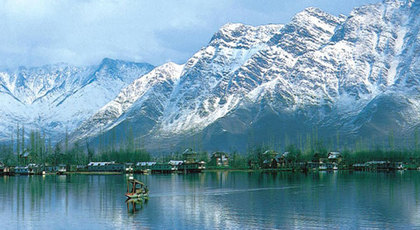
The capital city of Kashmir has long been considered the ultimate summer destination from the time of the Mughals. The Mughals built many gardens in and around the city, which exist even today. Srinagar is a beautiful valley surrounded by mountains, with the picturesque Dal Lake in the middle. The lake has thousands of colourful Shikaras floating on it. Tourists can also experience living on houseboats floating in the lake. The boulevard land along the lake is a much happening place. Another major attraction in the city are the massive Chinar trees. Their imposing presence almost everywhere in the city makes Srinagar unique.
-
Pahalgam
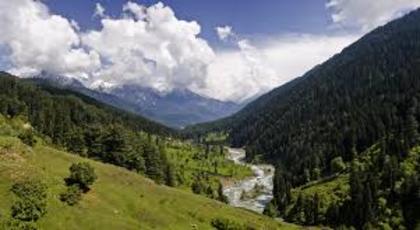
Pahalgam was once a shepherds’ village but it has now become a hotspot for tourists as well as a quick weekend getaway for the locals living in Srinagar. The pine-covered mountains and the snow-peaked cliffs offer a lot for adventurers and trekkers. The Lidder Valley, around 24 km from Pahalgam, is a popular camping site in Kashmir. The Lidder River that runs through Pahalgam is one of the best places for trout fishing in India. State-run buses go daily from Srinagar to Pahalgam.3. Gulmarg: Gulmarg is the Indian answer to the Swiss Alps. It is perhaps the best destination for skiing in India. Gulmarg can be reached from Srinagar by a state bus after travelling 50 km. The picturesque Gulmarg is covered by pine trees on the lower ranges and snow on the peaks. There are Gondola services to the top of the peak, where one can try skiing or simply enjoy the view and the snow.
Sonamarg
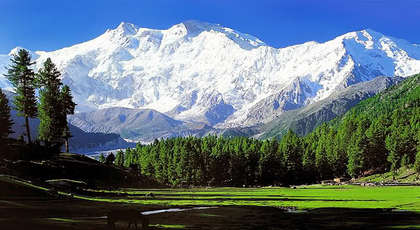
Sonamarg is around 87 km north-east of Srinagar on the Srinagar–Leh highway. It is a small but historic town on the bank of Nallah Sindh and at the foothills of the Thajiwas Glacier, one of the most accessible glaciers. The Thajiwas mountain looks daunting, but one can take a pony to the base of the glacier. Sonamarg was also a gateway connecting India and China during the historic Silk Route trade.
Drass
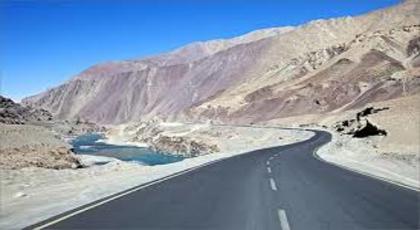
Drass, also known as the gateway to Ladakh, came to spotlight during the 1999 Indo-Pakistan war. The snow-peaked mountains seen from the valley became a fierce battleground during the conflict. The Tiger Hill is located not far from here. Drass is a beautiful valley and it is also the base to many trekking routes like the Suru Valley and the Amarnath cave. 6. Kargil: Kargil is the second largest town in Ladakh, after Leh. It is at an altitude of 2,676 metres above sea level. The Suru River (or Indus River) passes through the town. The river pumps life into this sparse landscape. Kargil came to prominence during the 1999 Kargil War between India and Pakistan. Kargil is a stopover place between Srinagar and Leh. The landscape and the harsh conditions make this town unique, and staying here is an interesting experience.
Leh
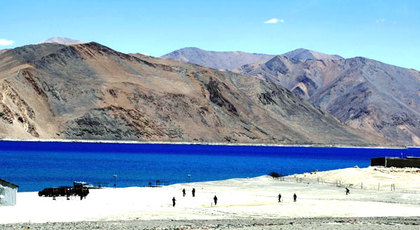
The vast green valley surrounded by dry, brown mountains on all sides offers a contrasting sight right at the outset. The geographical and cultural alienation lend Leh a unique look and feel. Leh is one of the coolest cities in India. Ladakh is often called Small Tibet because of Tibet’s cultural and religious influence on the city and people living here. The valley is surprisingly greener than most of us would have imagined, having driven through parched landscapes for hundreds of miles. It is like a small oasis in the middle of the desert. The inhabitants of Leh are hospitable people. Leh's popularity with tourists comes as no surprise once you experience the energy of the place. It is also very affordable.
Zanskar
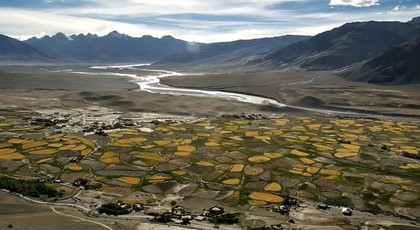
Zanskar is a sub-district of Kargil and one of the most remote parts of Ladakh. It is also one of the least visited places in Ladakh. In winter Zanskar is accessible only on foot through a frozen river. This track is quite popular with adventurers. The remoteness has kept their culture and traditions unadulterated. The residents of Zanskar are colourful people, rich in tradition and culture. Padum is the largest town but has a meagre population of around 700 inhabitants. The rest are distributed in small villages and highlands. They keep cattle and sometimes live a semi-nomadic life, especially during summer herding their cattle.
Pangong Lake
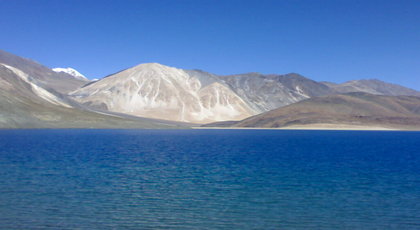
The Pangong Lake has become an important destination in Leh. A few years back it was a beautiful brackish lake known to very few people. It was relatively unknown before it got popularised by the blockbuster film 3 Idiots. After that, tourists have increased manifold. The Pangong Lake may be perhaps one of the most beautiful high-altitude lakes in the world. It can be reached after a six-hour drive from Leh via the difficult Changla Pass. A visit to the azure lake is worth it!
Nubra Valley
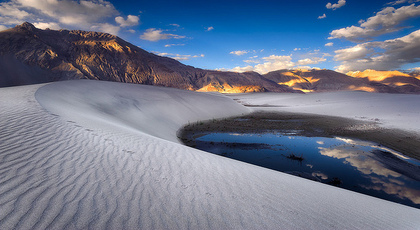
The sand dunes of the Nubra Valley seem to have accumulated over hundreds of years due to natural phenomenon. The Shyok River and many smaller streams drain the soil from the mountains down to the valley. The continuous erosion and silt carried down by the river might have been the most accurate explanation. Today, the sand dune of Hunder is one of the most popular destinations in the Nubra Valley. The famed but small surviving Bactrian camels are a legacy of the ancient trade road that dates back centuries. Ladakh was a stopover place for caravans from India to central Asia. Most tourists flock here for a camel ride at late noon and evening. Nubra Valley is one of the greenest places in Ladakh and Diskit is its capital. Diskit is around 150 km from Ladakh's summer capital, Leh.
Rajauri
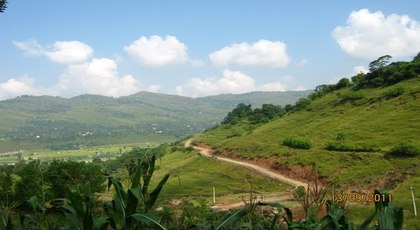
The refuge of several Gujjars and Bakerwalas, Rajauri is situated around 154kms away from Jammu. The district shares border with Pakistan and thus remain an intriguing travel destination. Rajauri is blessed with many charming places to visit; Dehra Ki Gali, Thanna Mandi and Kotranka Budhal are few places that are apt for sightseeing. One can retire to these remote places in summers as the weather remains pleasant here all year round. The magnificent Rajauri Fort, Balidan Bhavan, Dhanidar Fort and Rama Temple are few places that can be visited in the vicinity of Rajauri. An absolute delight for travel and adventure enthusiasts, Rajauri is amongst one of the top places of interest in Jammu Kashmir.
Kargil
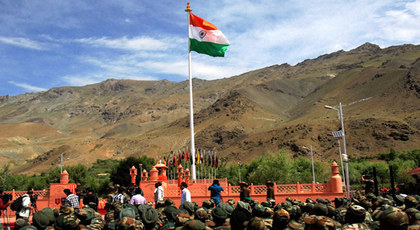
Brave heart Kargil is situated at India-Pakistan border at an altitude of approximately 2800m above sea level. Connected to the Zojila Pass, Kargil holds important place in the history of India. Set up in the Ladakh region of the state, Kargil is one of the most interesting places to see in Jammu & Kashmir. It offers great opportunity to trekkers, campers, rafters and mountaineers. The Nun Mountain allows mountaineering expeditions whereas, Kargil offers brilliant option for trekking to Pensi-La Lake and Suru valley. Excursion can be made to Drass and see features like Tolo-ling, Mushkoo Valley and Tiger Hill. A short walk to Goma Kargil provides breathtaking views. Mulbek Gompa, Shergol, Urgyan Dzong and Wakha Rgyal are prime attractions of Kargil.
